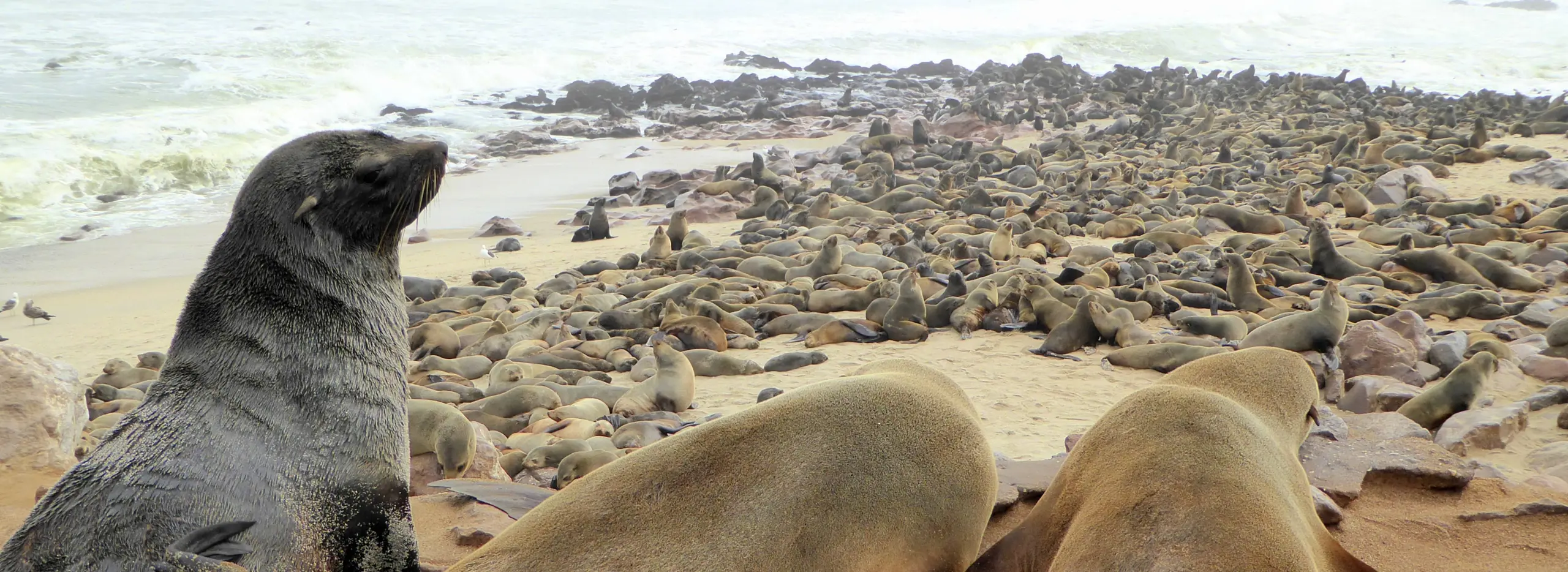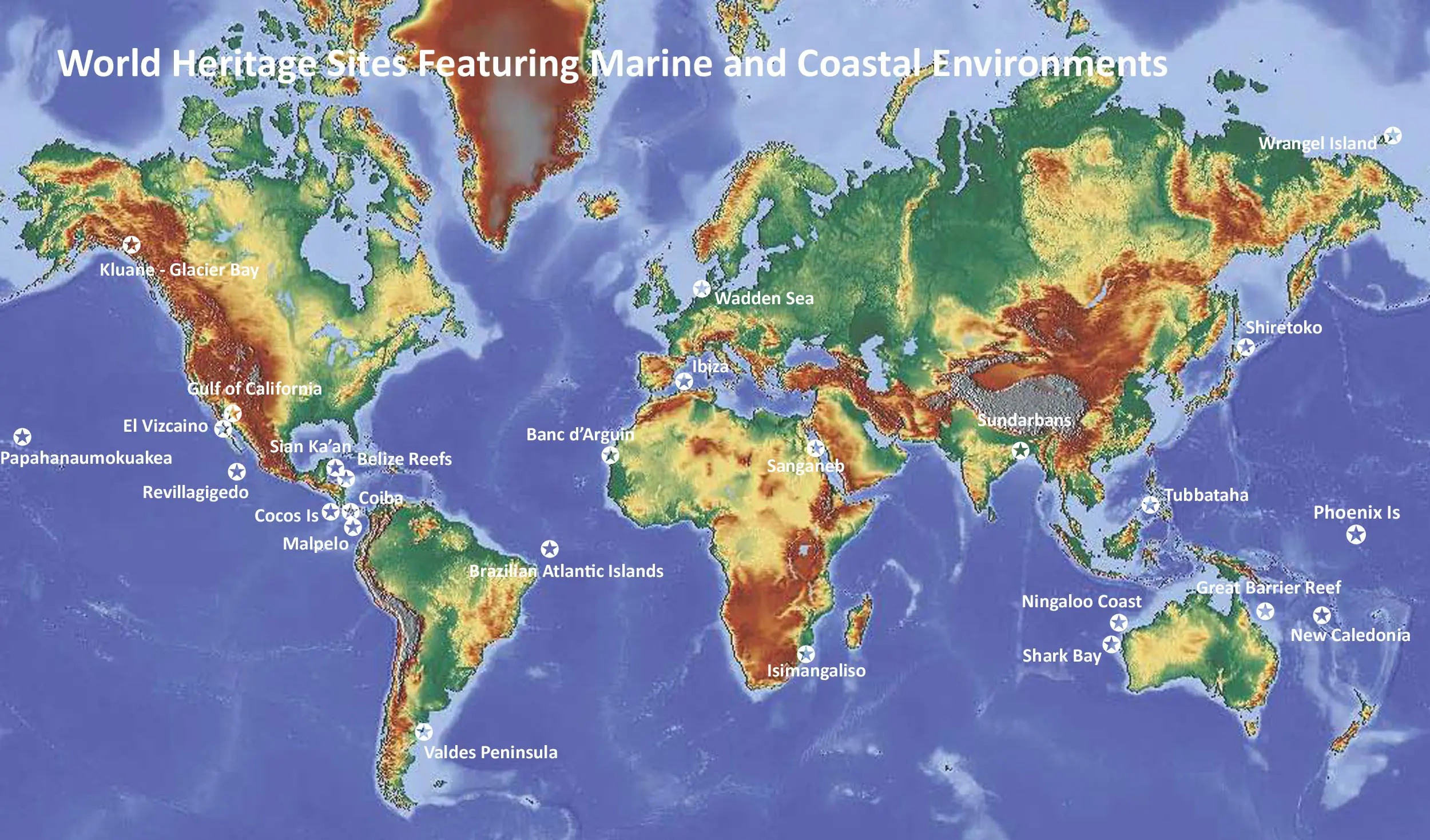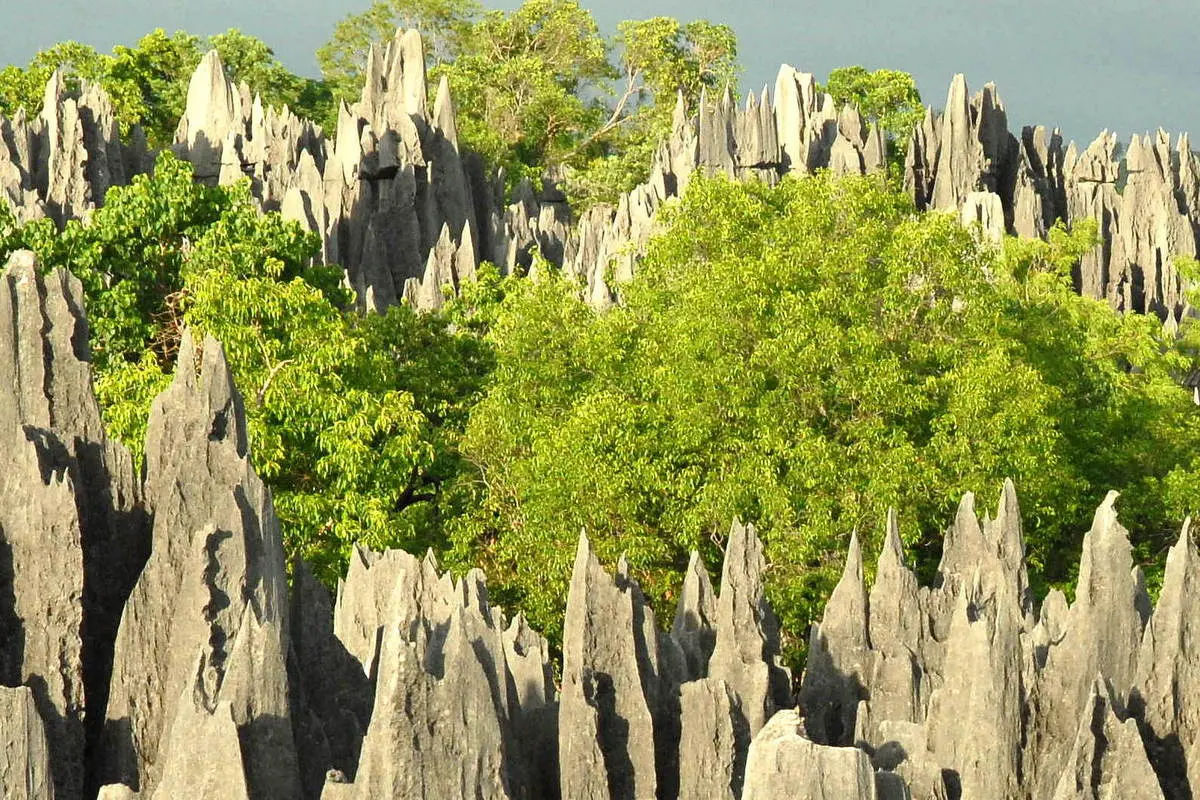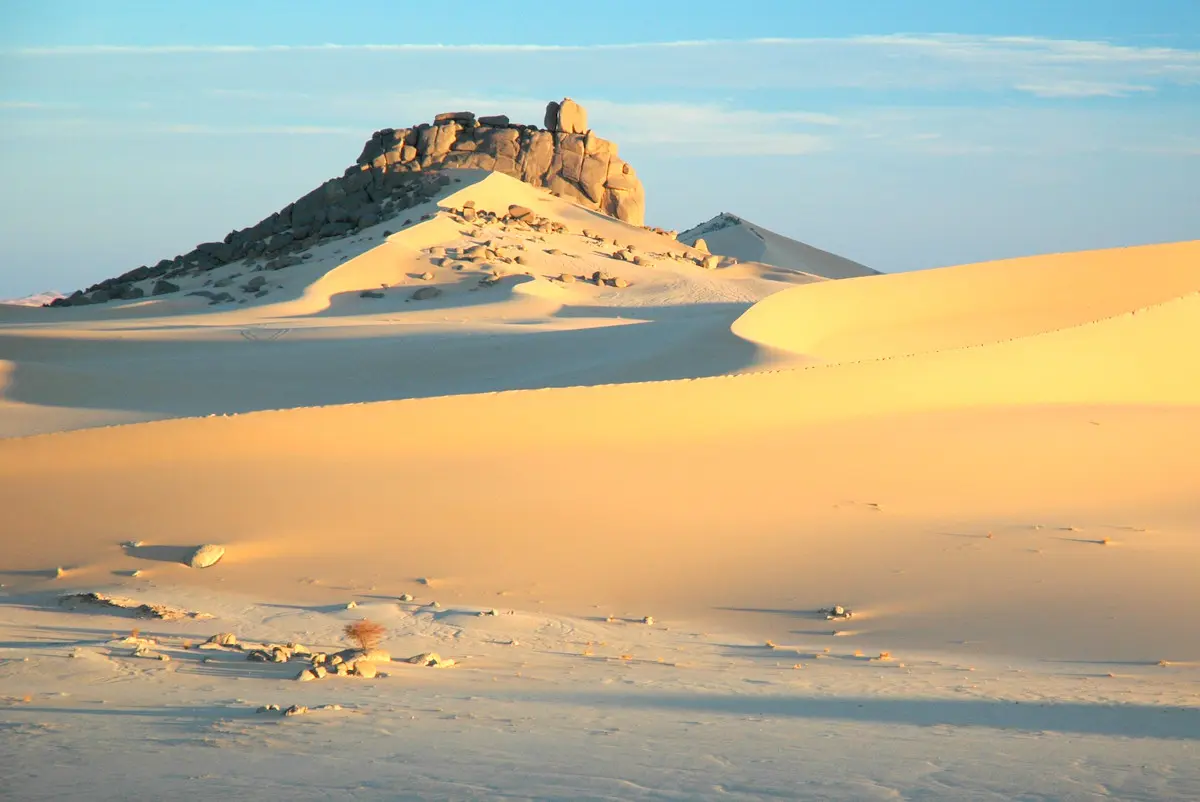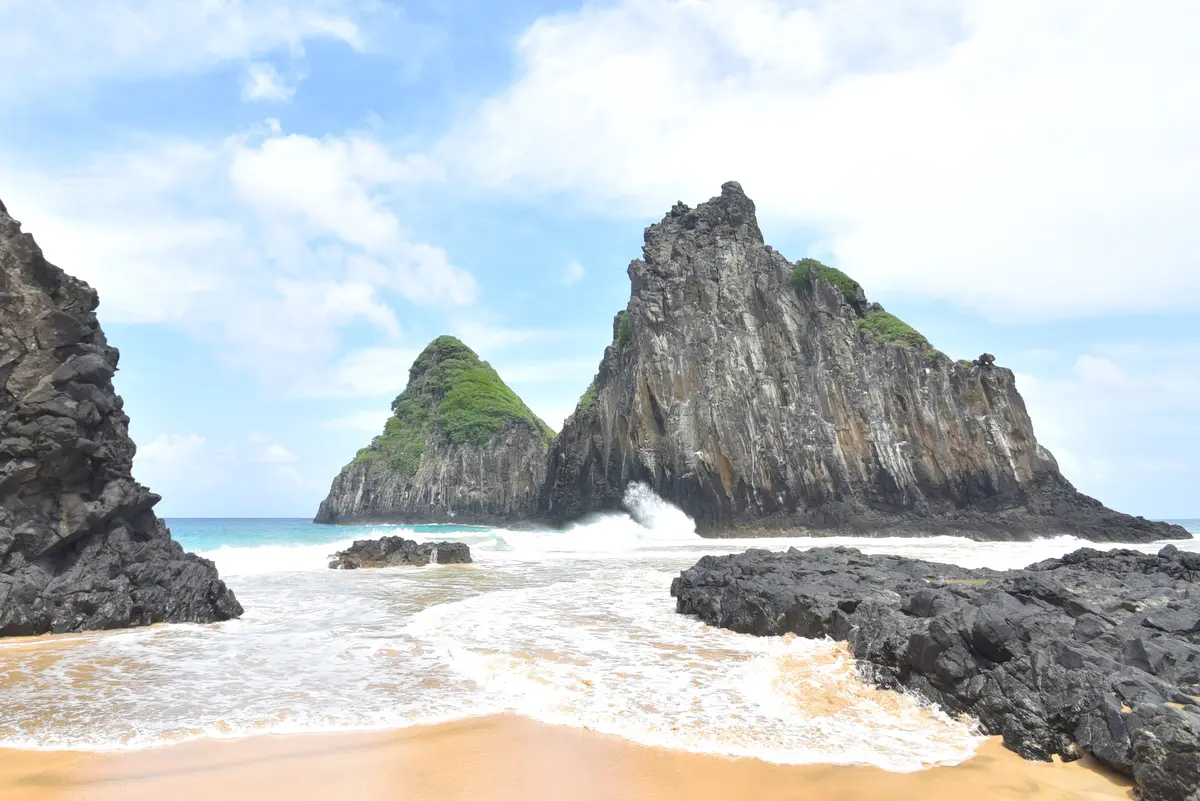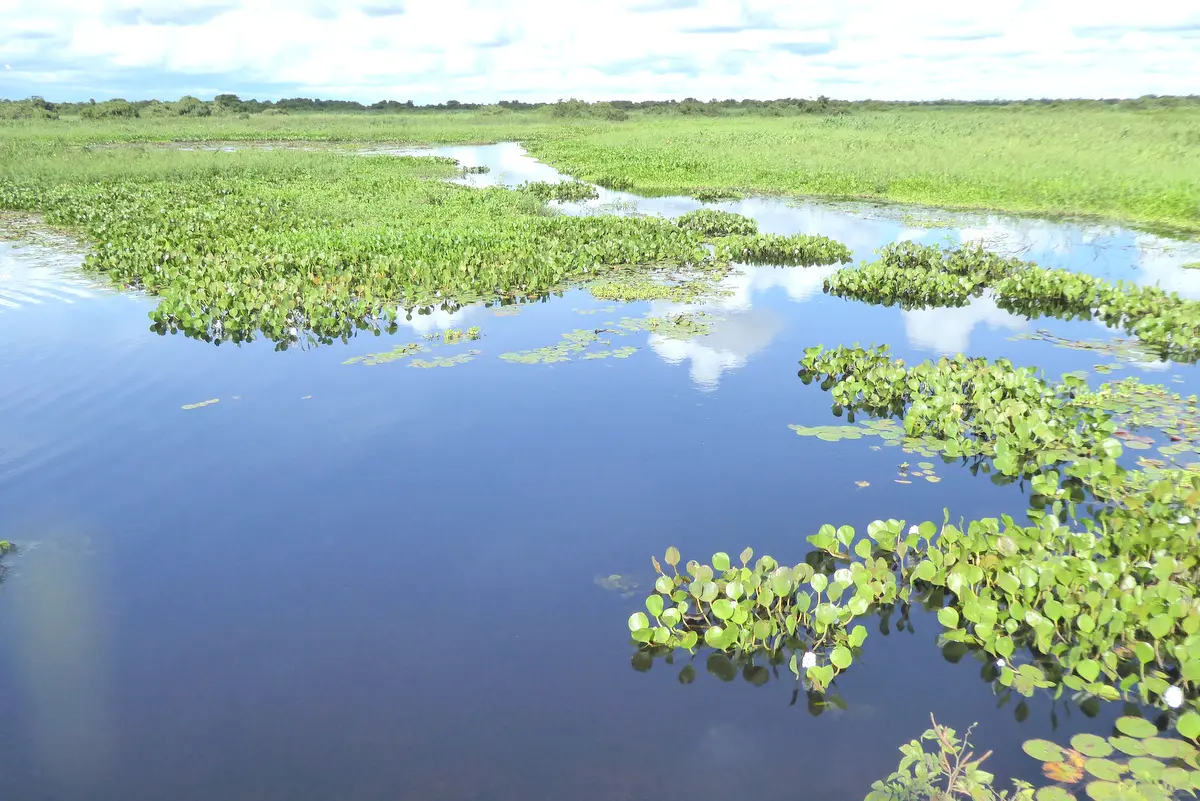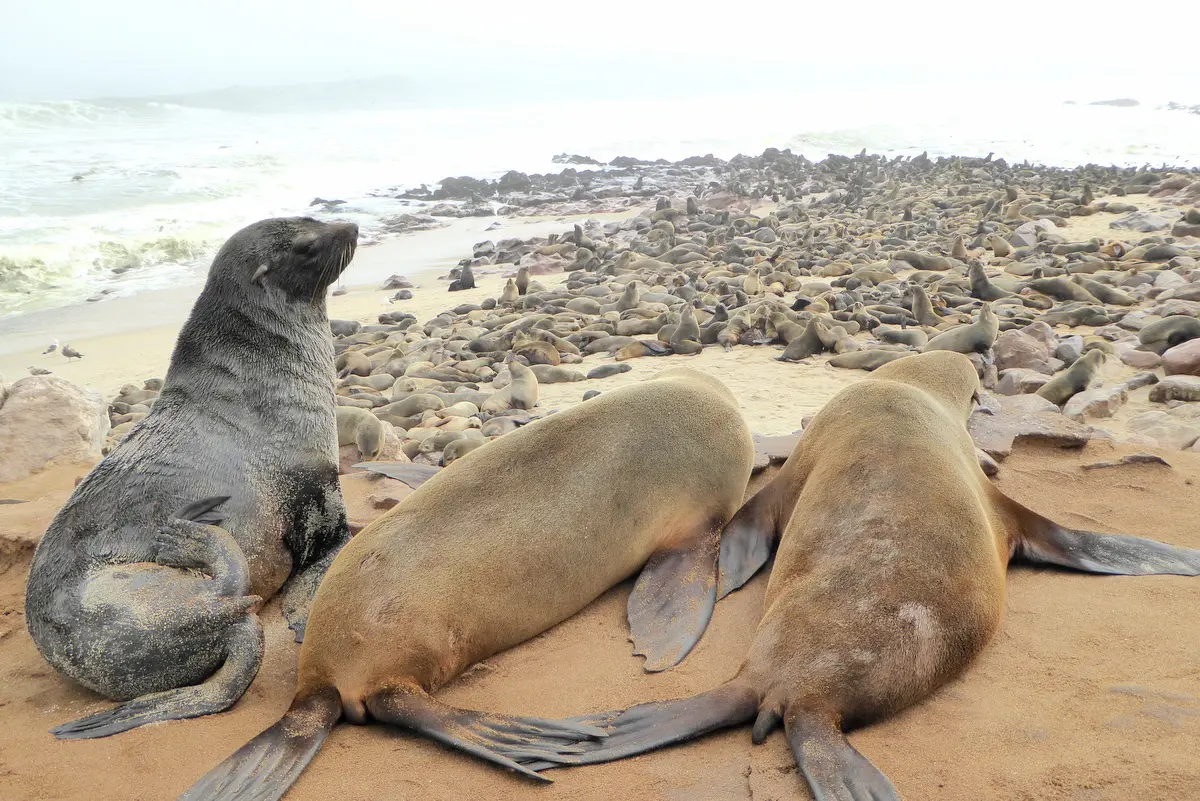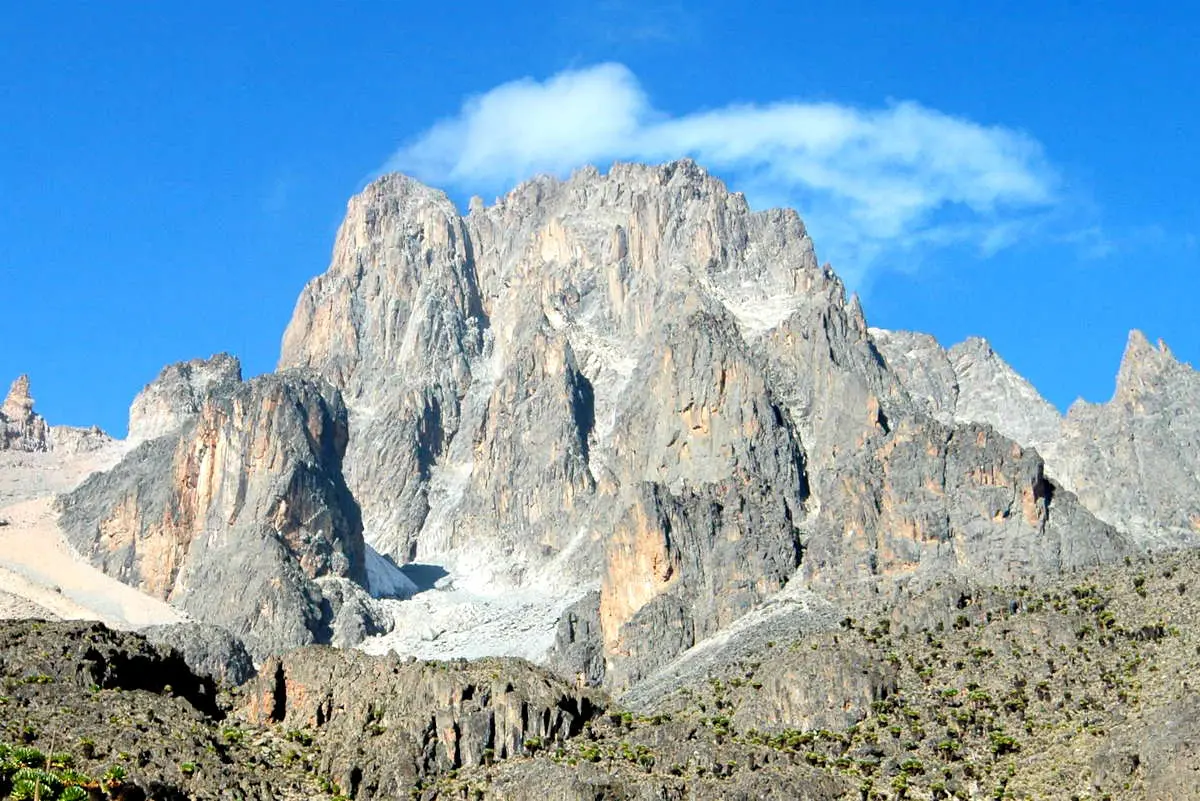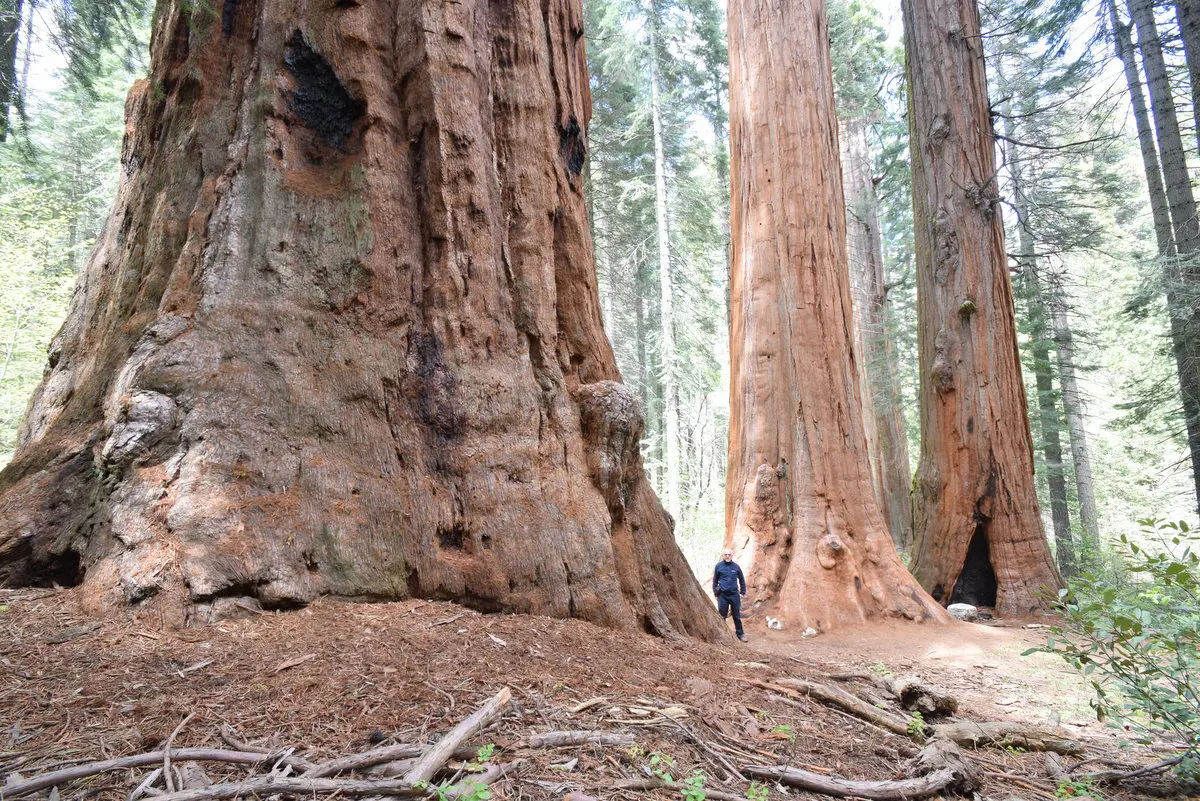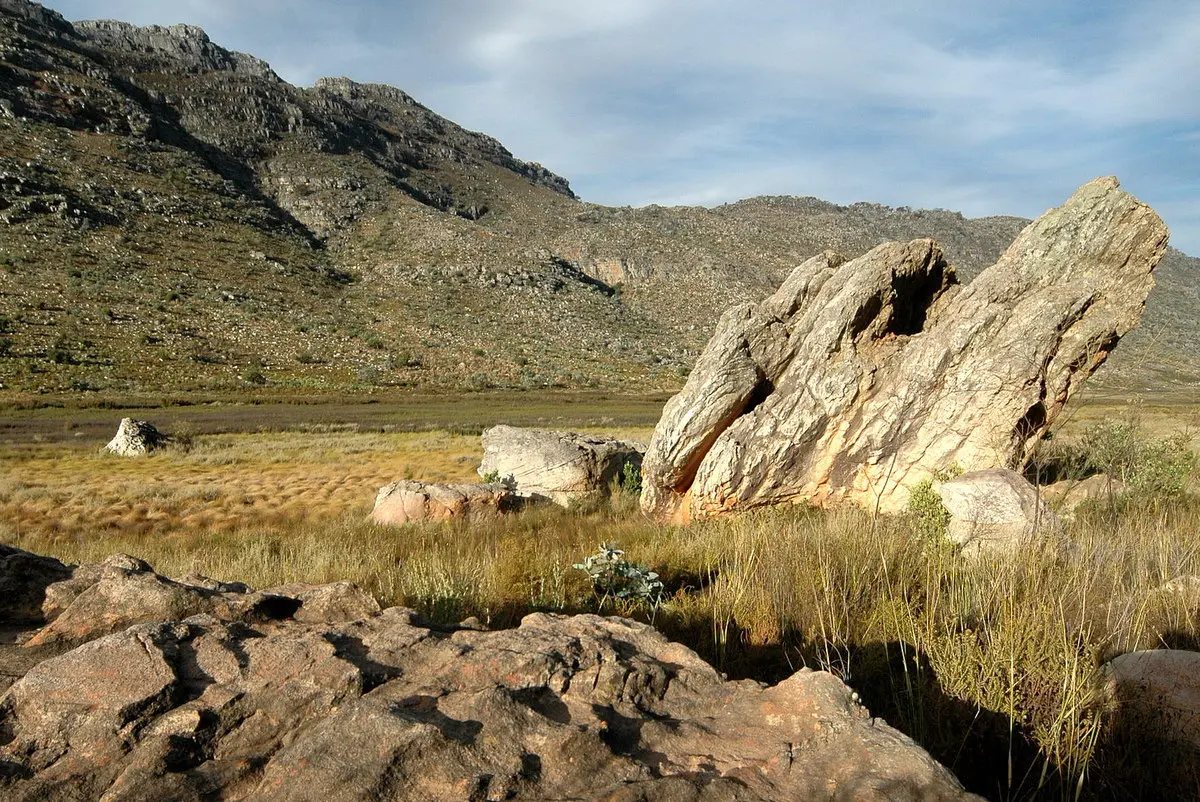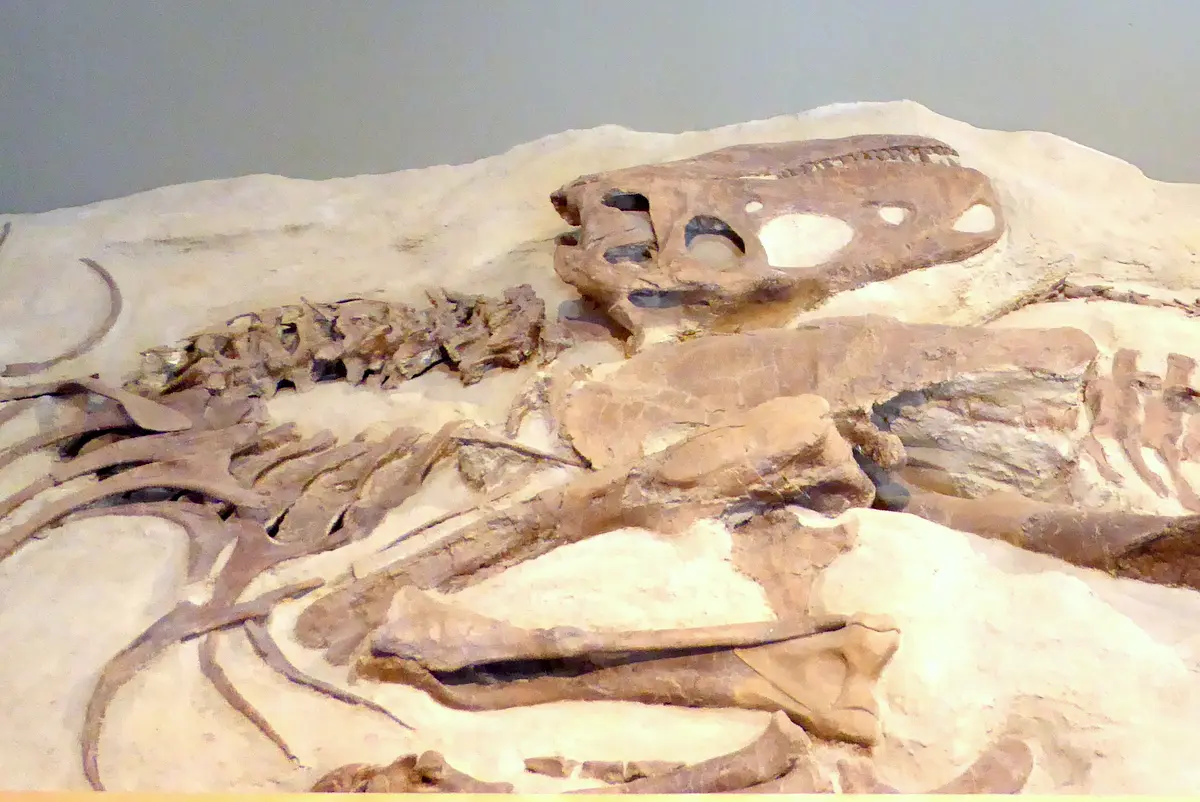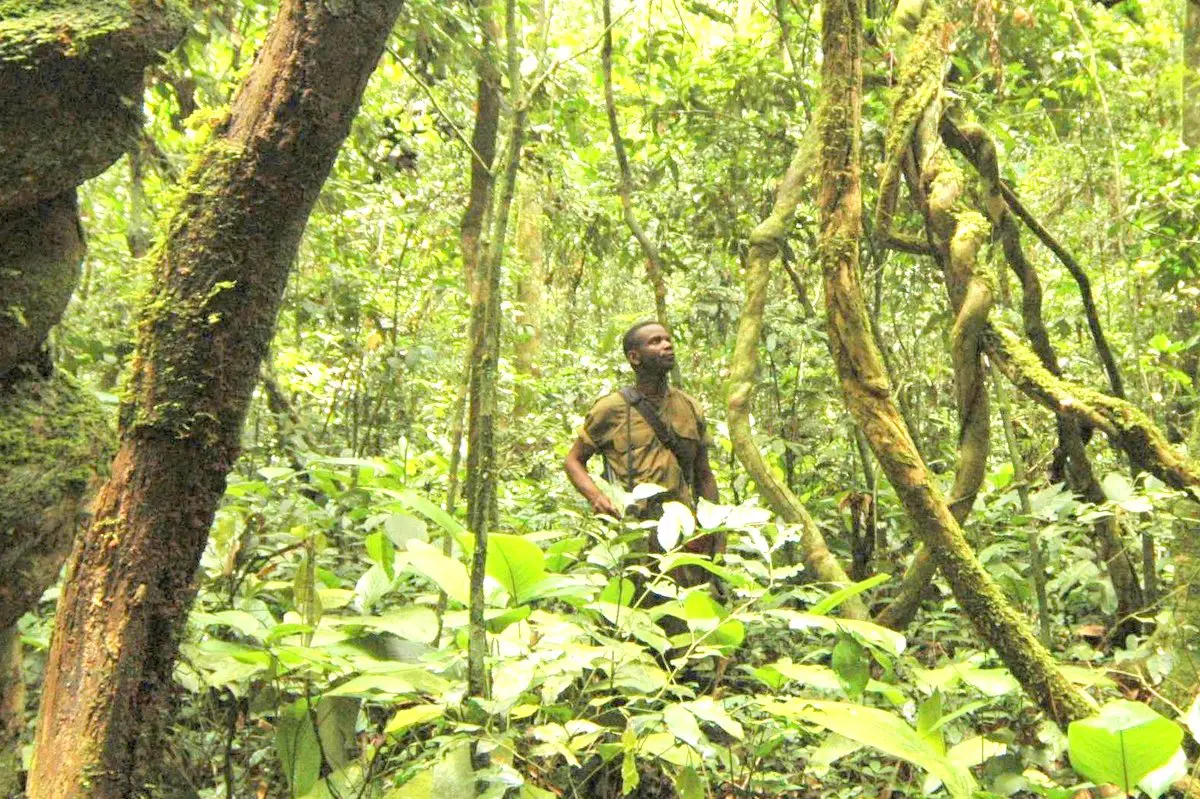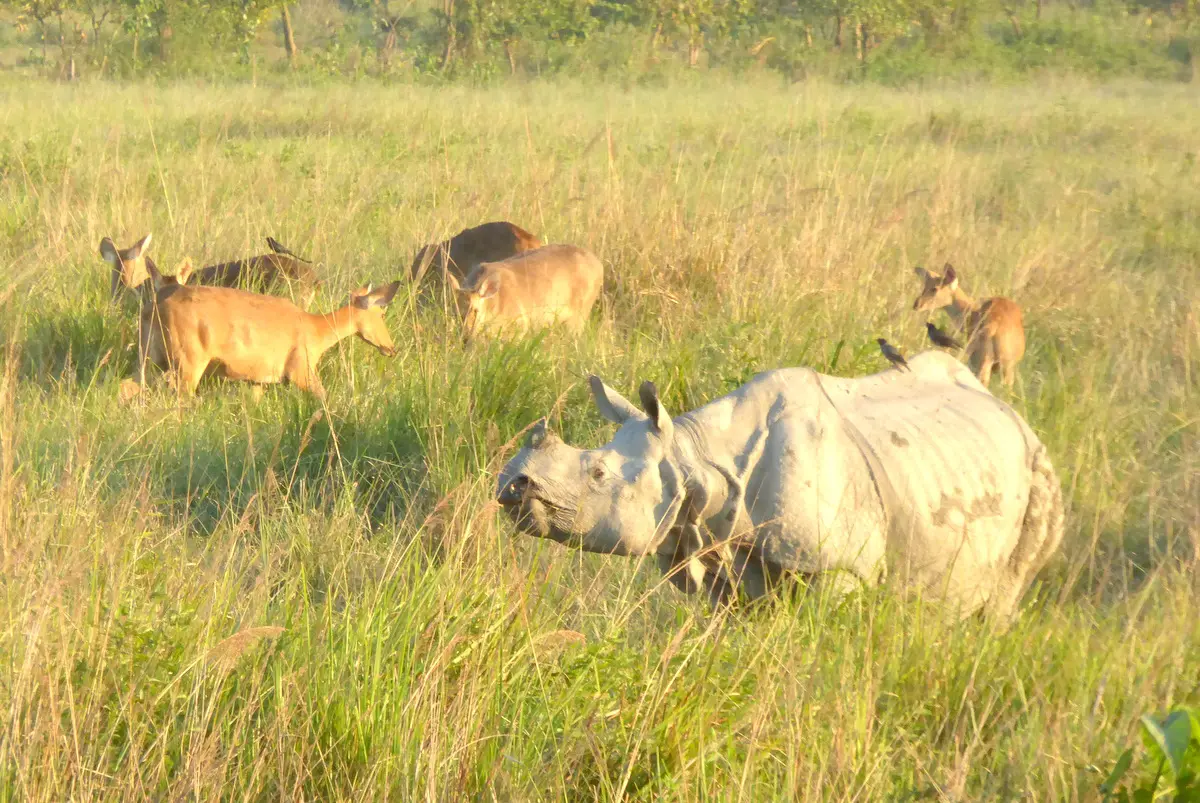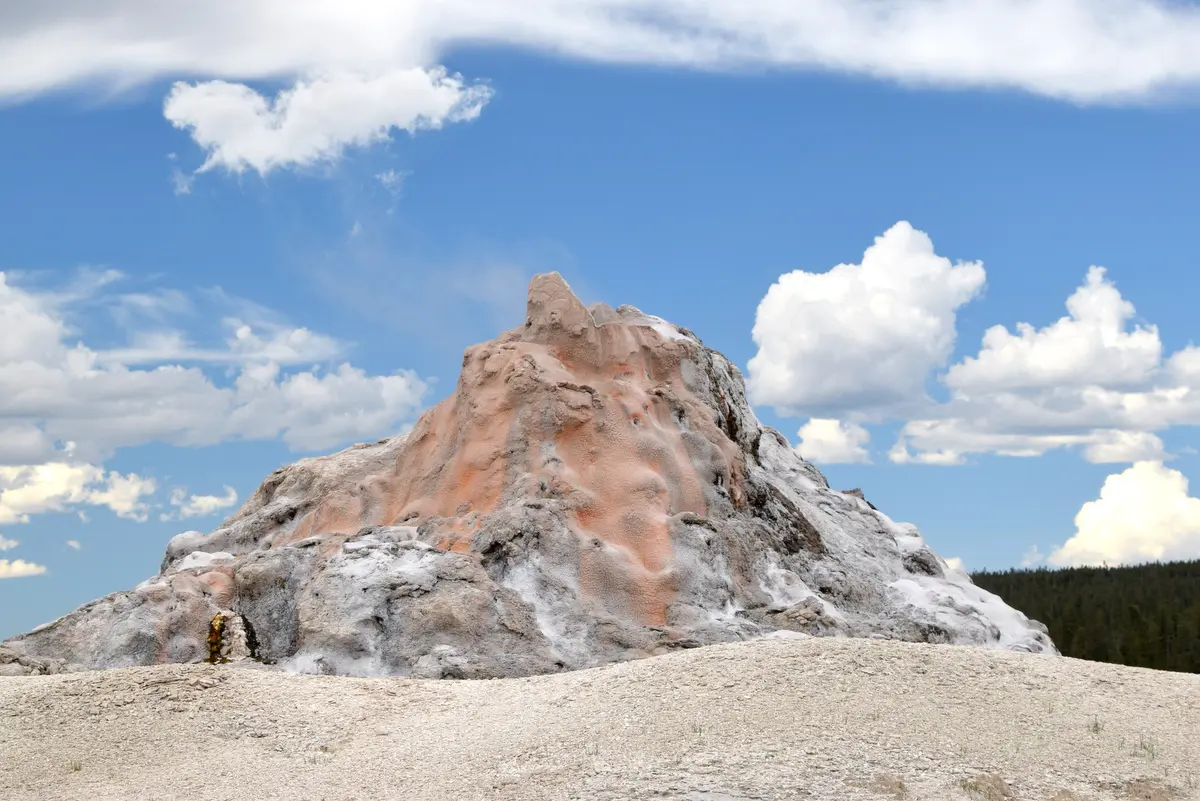The outstanding values of marine and coastal areas are increasingly recognised and the world heritage list now includes 26 sites which are primarily concerned with marine and coastal conservation, as well as more than 30 island sites (considered under a separate category, mainly recognising terrestrial attributes).
The marine and coastal sites are a highly diverse group, covering every major ocean from the high arctic (Russia’s Wrangel Island) to Australia’s Great Barrier Reef and marine mammal breeding colonies such as those at Argentina’s Peninsula Valdes. Some sites are limited to coastal areas, such as the vast mangrove forests of the Sundarbans, or the mudflats of Mauritania’s Banc d’Arguin which attract millions of overwintering waders and waterfowl along the East Atlantic Flyway. Other marine and coastal sites protect precious coral reef systems in different parts of the world, such as those in Sudan’s part of the Red Sea, the Caribbean reefs of Belize, the reefs of Philippines and New Caledonia, and the southern Indian Ocean reefs along South Africa’s shores within iSimangaliso wetland park and Australia’s Ningaloo Coast. There are still relatively few large areas of open ocean on the world heritage list but three notable exceptions are in the western Pacific around Kiribati’s Phoenix Islands; the huge swathe of central Pacific ocean around the USA’s Hawaii Islands (Papahanaumokuakea), and the extensive tract of southern Atlantic waters covered by Brazil’s ‘Atlantic Islands’ world heritage site.
‘To learn more about these spectacular marine and coastal places click on the links of featured sites in the table, or the photo tiles below. Note that some site pages are still under development so the links for these places are not yet active.’
Threats and conservation needs: Marine and coastal areas are threatened by a number of issues, including pollution by plastic waste which is moved by ocean currents across vast areas and threatens marine life, such as turtles and birds, that mistakenly eat it. Pollution from chemical and sewerage waste can also be a problem, usually more localised. The other major issue for coastal areas is over-fishing and destruction of coral reefs by use of dynamite to stun fish. A much more pervasive issue for coral reefs all over the world is the effect of global warming which is causing ‘coral bleaching’ – a phenomenon involving the ejection of essential algae ‘partners’ by living coral, which may eventually lead to the death of a reef.
Iconic Species: Coral reefs are amongst the world’s most diverse ecosystems and the communities of species associated with reefs in different parts of the world are all unique. The world’s largest mammals – various species of whales – as well as dolphins, seals and sea-lions are amongst the iconic mammal species that occupy the marine environment, while species of sharks and turtles are increasingly threatened members of many marine communities.
Missing Links: Major efforts are currently underway to identify possible new sites of outstanding value for marine conservation, coordinated by the World Heritage Centre’s marine programme. This is expected to result in further additions to the world heritage list over coming years.

